World-Schooling Curriculum – How to Homeschool, Travel and Relax!
This post is a guide to creating a world-schooling curriculum. It helps to put in the time and research before the journey, so you can relax and enjoy the ride!
All of our experience, regarding homeschooling, has been while traveling! Through trial and error, we created our own successful world-schooling curriculum. I would love to share what worked for us, because more people need to find out how amazing world-schooling can be!
Do I need a curriculum to world-school?
The short answer is – it depends. But my personal answer is – yes.
You can certainly see the world without a curriculum, but it was a good idea for us, because it prevented me from being stressed and scattered. It also reassured me that the kids were not falling behind (we pullеd them out of public school when we started traveling).

If you are taking just a gap year (or shorter) to travel and explore, you will do just fine without any formal curricula and schedules, but you might want to keep a journal, which will help you create a portfolio (more on that below).
If you are doing a complete change of lifestyle, heading out to travel without a return date taking the time to research and put together a curriculum will pay off.
We are well into our fifth year of world-schooling and we even have a couple of highschoolers now! Organizing our subjects and study materials greatly reduced the anxiety and allowed me to focus on things I enjoy, like writing this blog!
Can I homeschool, while traveling and not loose my mind?
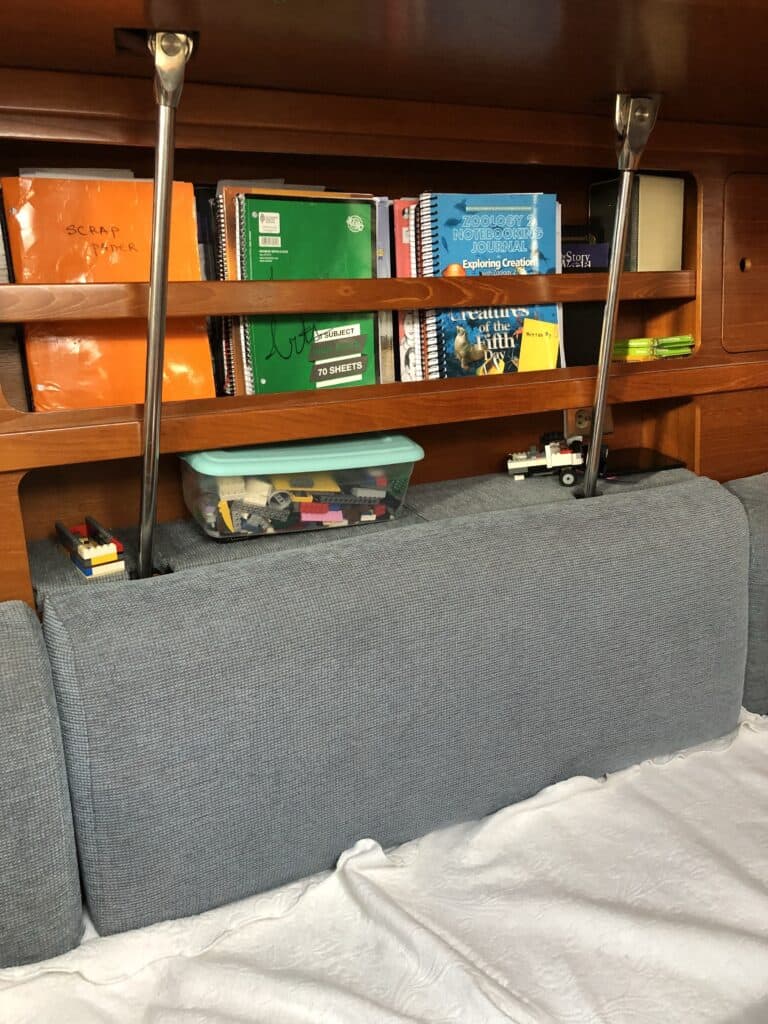
Absolutely! I sometimes feel I am losing it too, so you are not alone!
We have not only traveled with curriculum already in place, but we have even altered it “on the road”. After our fair share of mistakes, we figured out what would work with every child. In some cases, it did cost us a bit of disappointment and money.
Try not to cram everything you feel you “must” study, allow the journey to guide you along. Keep the big picture in mind – you are creating an experience of a life-time, it must be enjoyed by everyone. A few months of no formal schooling will not ruin anyone’s life.
If creating a curriculum before leaving on the trip is too stressful – leave it alone. You can browse and figure out options as you travel. Most places will have internet access, and you will meet other like-minded families!
We have tested some curricula just because they were available, for free, at the captain’s lounges of marinas. Likewise, we have donated a few, which we were either finished with, or did not quite love.
One of my favorite huge and heavy dictionaries came from a marina, and we used it for a long time aboard! Dictionaries, maps, guides and foreign-language books are quite common in places where traveling families gather!
Tip: If you are new to homeschooling, or traveling, start with just a couple of core subjects planned (like reading and math) and add others as you move along!
All-in-one curriculum, or your very own mix?
We have never used an all-in-one curriculum. There are families we know who have used such with mixed success.
There are a few reasons why we prefer to piece together our own:
Having various resources creates a great mixture of studying materials and styles – some can be online, others – textbook-based.
It is much easier (and cheaper!) to change just one subject and try something new, versus dropping the entire package.
Many packaged curricula come with deadlines, tests, or other materials, which must be mailed or submitted within a certain timeframe. Plans often change while traveling and access to a post office, or internet might be hard, or impossible.
While there is a bit more research involved in putting together your own curriculum, you will become a lot better familiar with each subject and approach, which will help you help your students down the road.
Tip: If you are planning to use a packaged curriculum, try to find someone who does and flip through the pages, or check out free trials of online versions, before subscribing.
Shall I change my current homeschooling routine while traveling?
You do not need to select new curricula just because you are traveling, but you may need to make some modification to your existing plans and routine. A few favorite school supplies might need to be left behind, or exchanged for a different kind.
For example, it is quite impractical to drag a microscope along the journey, but how about a pair of small bird-watching binoculars? I purchased ours as birthday gift for my husband, more than 10 years ago!
We brought them aboard, as well as on all land trips. They are light, compact and work great. We prefer them to the much more expensive, large and heavy boat ones we also had, while sailing.
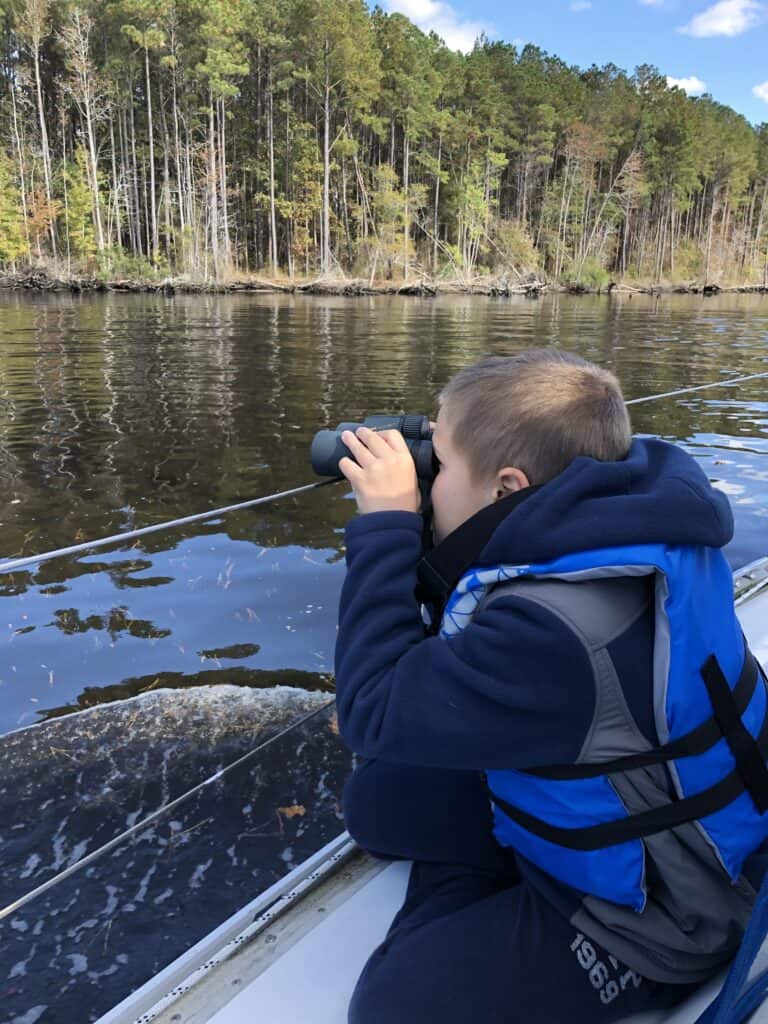
We have been able to adapt all kinds of established schedules to homeschooling, boat-schooling, and world-schooling.
Depending on the duration of travel and days on the road, you can keep the curricula, but change the “school hours” a bit. We have “travel days”, during which we simply travel (with just a Kindle and maybe a journal along.
While aboard, we had “wind days”, when doing school made everyone sea-sick, or so we wanted to believe, because the stronger wind rocked the boat, even at anchor.
Tip: Schooling year-round allows for breaks as needed. If you are just about to introduce such a new schooling idea to your kids, naturally, start with the vacation part! It has worked well for us, with the right amount of teen resistance!
How do I select the best travel-friendly curriculum?
That depends on a few factors, such as the ages of the kids, the mode of travel, the amount of time you will be traveling and everyone’s preferred method of learning.
Oh, and on sand!!! Not a good idea to bring a telescope on a boat – it is always rocking aboard, and when on land, it means sand might get into it!
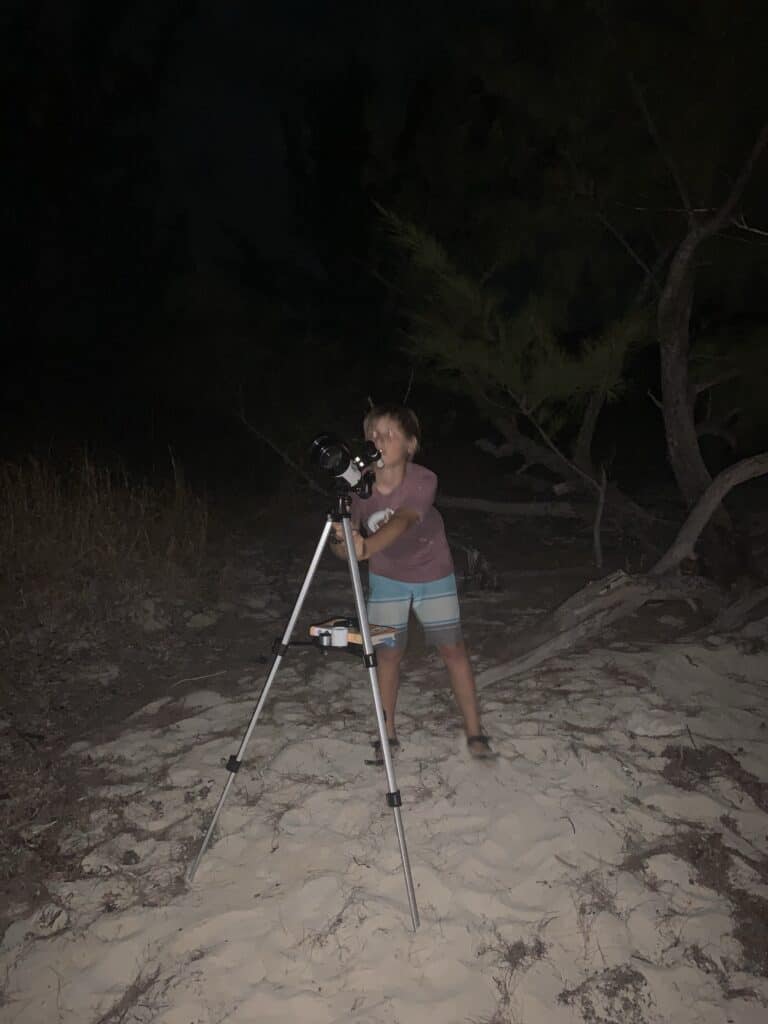
Since we deal with high school credits now, we focus on using a more traditional textbook approach for a couple core subjects. For others, we prefer an online version of classes.
As far as physically fitting it all in a carry-on, there are a few things you can do, to help keep the load lighter:
- Select a subject, which comes with a PDF version of the textbook and workbooks.
- Only print a small amount at a time. Other countries do have places where you can print more as needed.
- Mix more traditional paper with online options, when it comes to curricula.
- If that super-heavy book must be used – ask a close friend to occasionally take pictures and send you the PDF’s. Remember to bring back a gift!
- Buy the skinniest notebook for all the subjects that might require writing. It’s OK to have an essay next to a science lab report.
- Use a clipboard, they are thin, light, and can hold all kinds of loose papers.
- Take lots of photos of artwork, labs, tests and so on. Throw away the paper versions (unless the originals must be kept)
- Keep folders of school-work on your laptop (or even phone) and e-mail the updated versions to yourself frequently (in case you lose/break the device).
- Almost every place you visit will have some school supplies. In most case, they will be very affordable and different – try something new!
- Avoid hard cases, such as pencil boxes and binders. They are bulky and full of air!
- Buy a pen with multiple colors, rather than multiple pens. I know, that sounds insignificant, but every little thing adds more weight to your backpack.
- Forget about cardstock flash cards – you can use an app for these (there are quite a few, just type “Flashcards App” for options suitable for your device).
- Divide the experiments into hands-on and YouTube versions.
- Use pocket-size art supplies
- Bring Kindles!
- Swap books with other traveling families – we all face the exact same challenges!
What if I need to change the schooling plan while traveling?
You can do it. We have done it a few times. There is no need to start something and feel like you must finish it, just because it is there. Keep in mind that changing books in different countries will be difficult, or impossible.
You can certainly go from a textbook to an online version of a subject and donate the textbook to the local library/community/school/captain’s lounge.
At the beginning of our world-schooling journey, we selected a very teacher-intensive math curriculum, and a few months into it everyone hated it! Not knowing much about homeschooling, I had purchased all brand-new textbooks, not for one, but for two years ahead…
I ended up replacing that with another textbook version, which was much cheaper and came with PDF’s of all of the worktexts and tests. Having three kids, we reused the same curriculum with all three kids, and just printed new copies in various countries.
Tip: If you must change your curriculum while traveling, try using a free online version, just to practice, until you can be at a place for a bit longer. Or drop the subject altogether, until you find a better version and focus on something else. We have all done it.
Our weekly schedule
I am in love with everything organization-related!
We have a very simple hand-written schedule, because I love writing down things on paper, so ours is not printed. You can print a few blank copies and fill them out as you go.
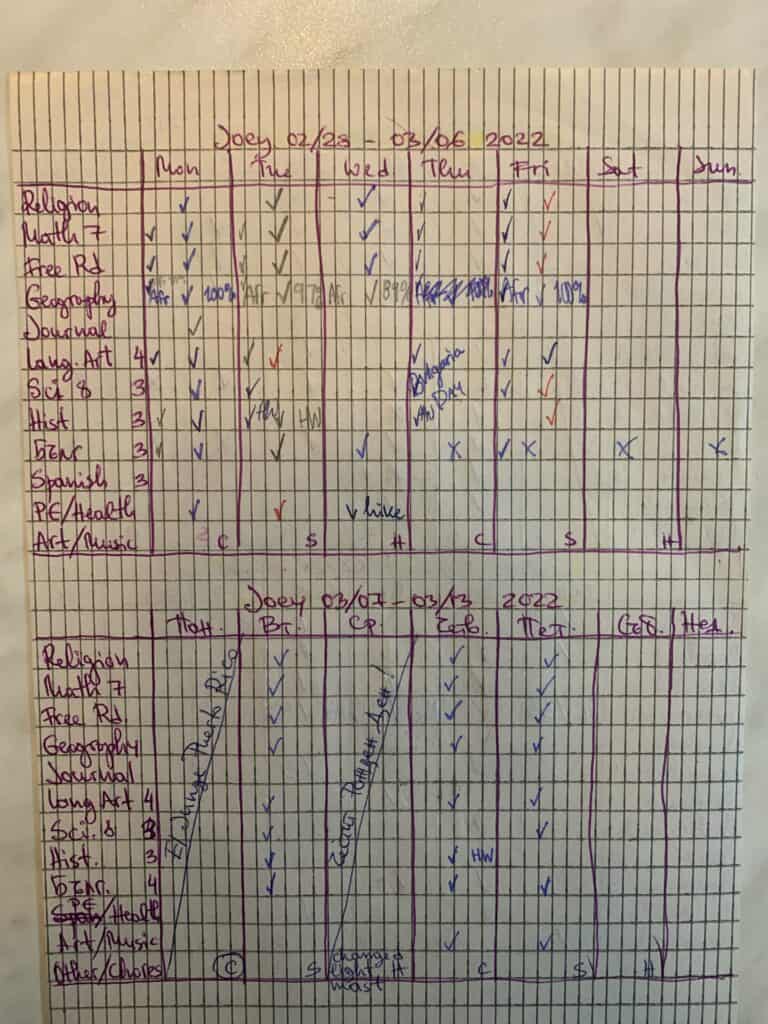
If you prefer to keep things in a digital form:
Here is our weekly schedule as a PDF
When I worked as a nurse, in a busy hospital unit, I quickly learned that taking the time to write down what needs to be done, in some organized manner, and then checking off tasks, can save my sanity!
Tip: Allow the kids to check off their own tasks, this does give them a sense of accomplishment. Our schedules are full of gaps, but that’s OK. We still advance and the kids are just fine.
How many hours per day should we homeschool, while traveling?
Again, it depends. We rarely count (and we are quite well organized).
A rainy day at a hotel, or an Airbnb, or aboard is a perfect opportunity to check off some tasks. We used to try and count the hours, but we gave up very early on.
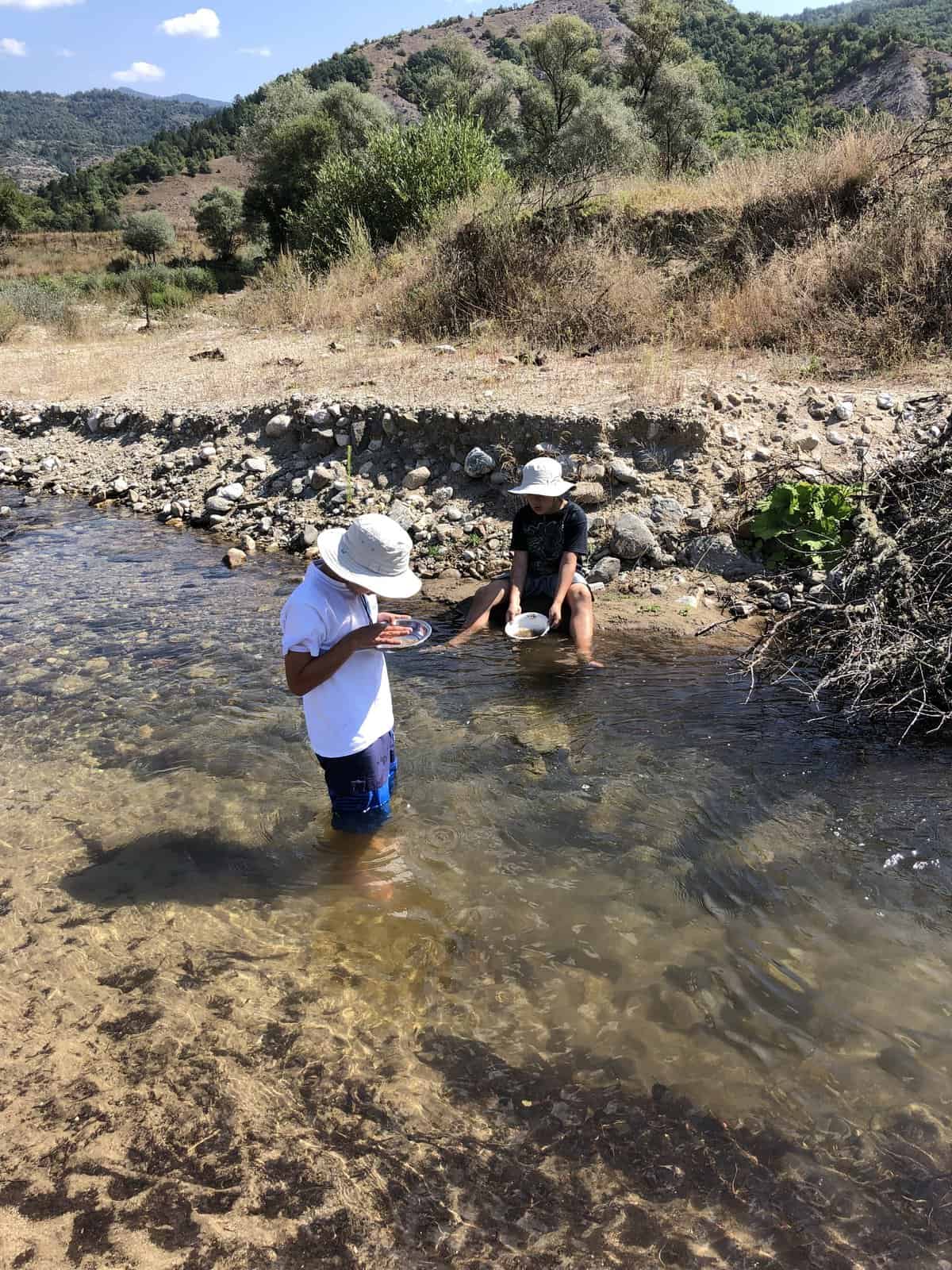
Observing dolphins jumping by the side of the boat, snorkeling to spear a fish, walking in a rain forest trail, or helping to cook crepes in the kitchen – these are all learning activities and the kids are given credit for them!
Swimming with friends off the boat is just for fun, as well as ice-skating (unless it’s as a lesson). Use your best judgment and tailor the activity to determine if you can call it “schooling”.
For other activities, such as reading and math, we may need to assign certain amount of time to be spent. Especially to those of our kids, who don’t really love reading… or math.
Tip: At the beginning of our homeschooling journey, it always helped me to remind myself that the amount of time they spend in public school, actually working, 1:1 with the teacher, is pretty small.
Keep a portfolio or a journal of your adventures!
Keeping a portfolio of various school projects is a good idea. It is not hard, and you can easily turn it into a habit. Just remember to bring your journal, schedule, or phone along.
Recording, or writing down the kids’ activities as you travel, will save you time trying to remember everything you did and where to apply it later on, or after the trip is over.
I have a folder on my phone called “Homeschool”. As soon as a take a photo that can be school-related, I file it there. Some of them are just a longer PDF file, for the sake of space.
Our hand-written schedules are also a place to log in a field trip, cooking, hike, museum, etc. As one month’s worth of scheduling fits on one sheet of paper, it is easy to just glance at it and gauge how much schoo- work we actually did.
Tip: Why not start a blog, of your travels and adventures. It will provide enough inspiration and material to write a book one day or turn it into a successful online business!
To summarize
World-schooling is here to stay, it is a road well-traveled, and resources as well as friends are easily discoverable. Ideally, you will have some sort of financial plan in place, but world-schooling can be done on a fairly small budget!
In fact, we do have a couple of money-related blogs, regarding both family finances and world-schooling. You can find them here:
We would love to see more people travel, because it will grow our super cool community, and will make it easier to find other world-schoolers around!
Traveling will provide such a unique and memorable adventure, which is hard to put into a spreadsheet. It will create memories for the rest of your life.
Also, it will help that college-entry essay really stand out!
We’ve made it work and so can you! Because what we do, you can do too!

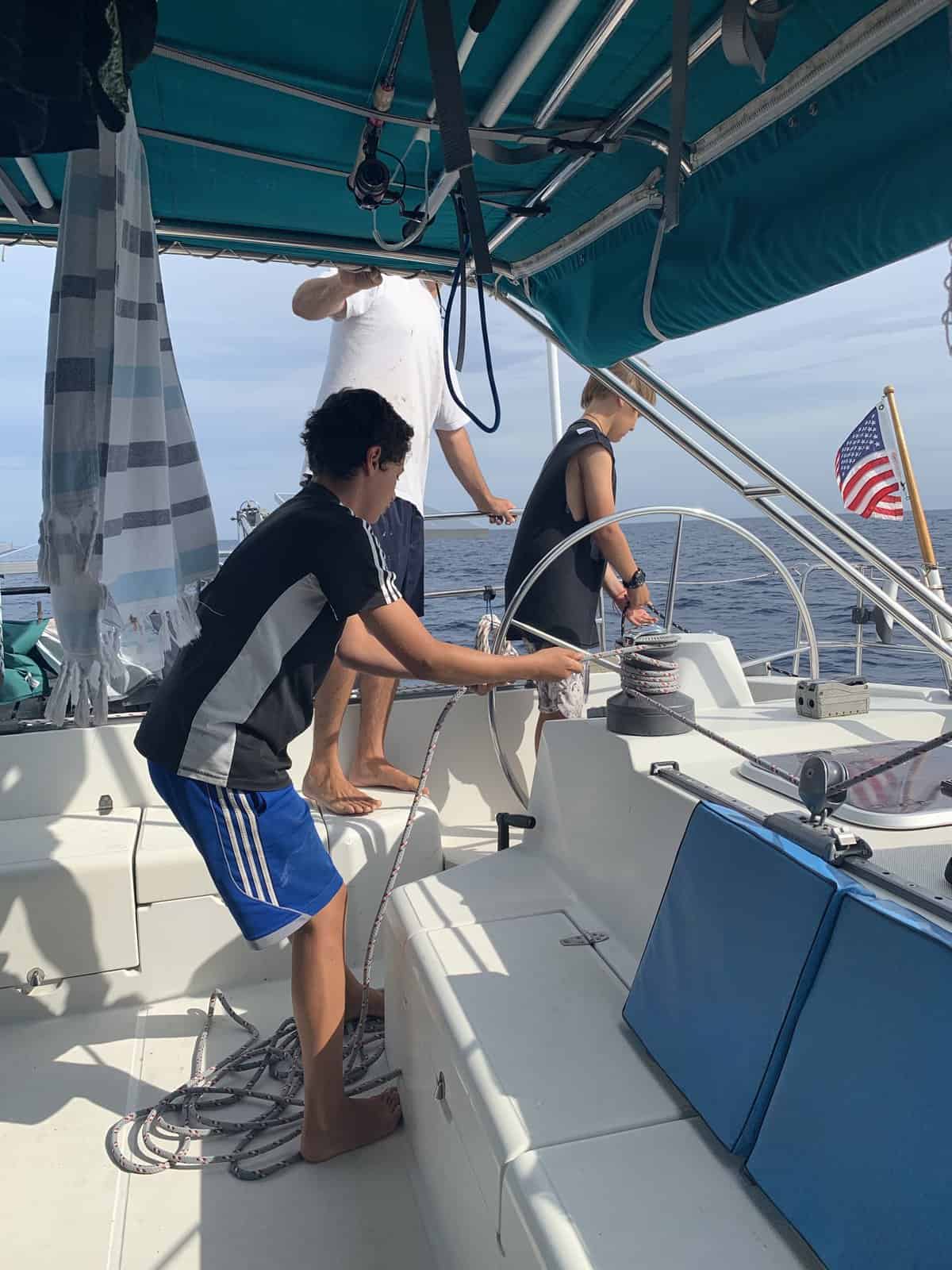
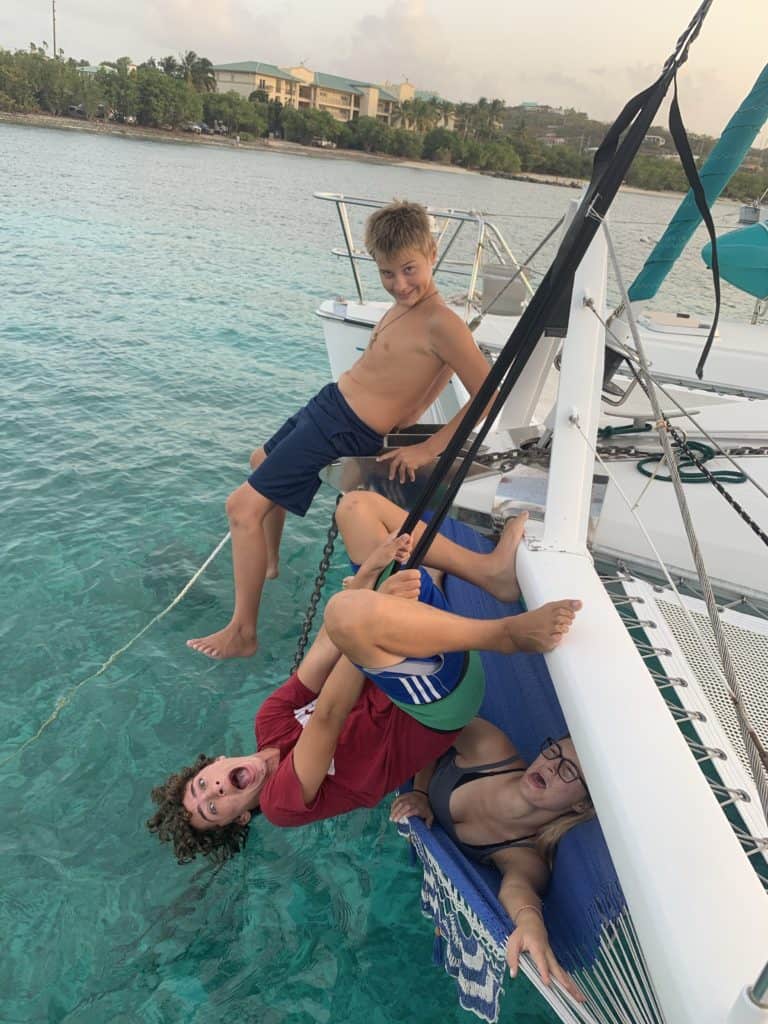
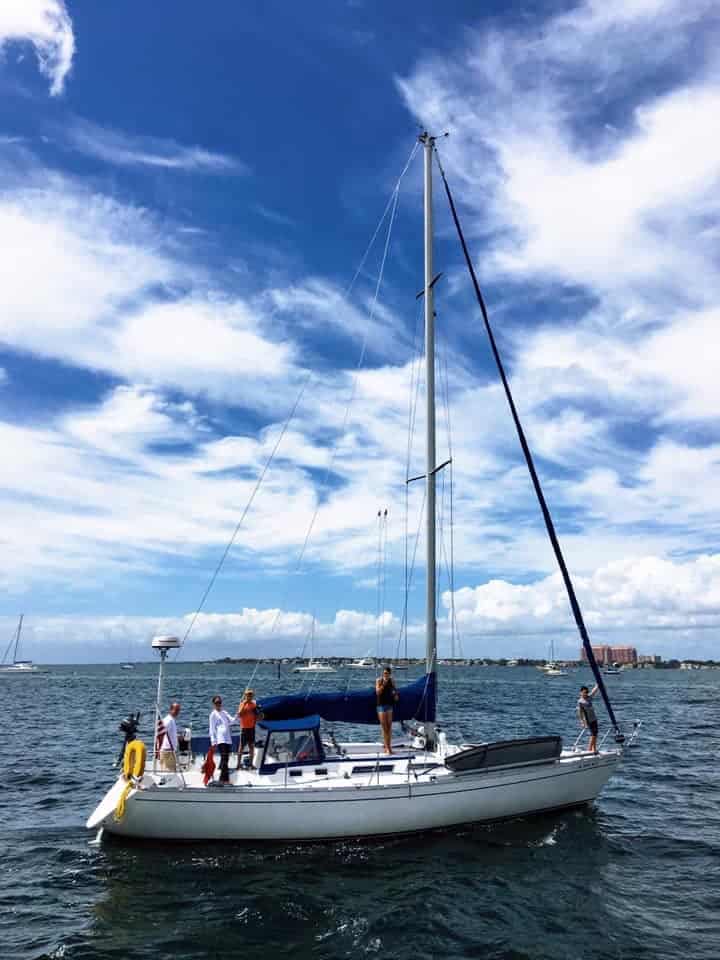
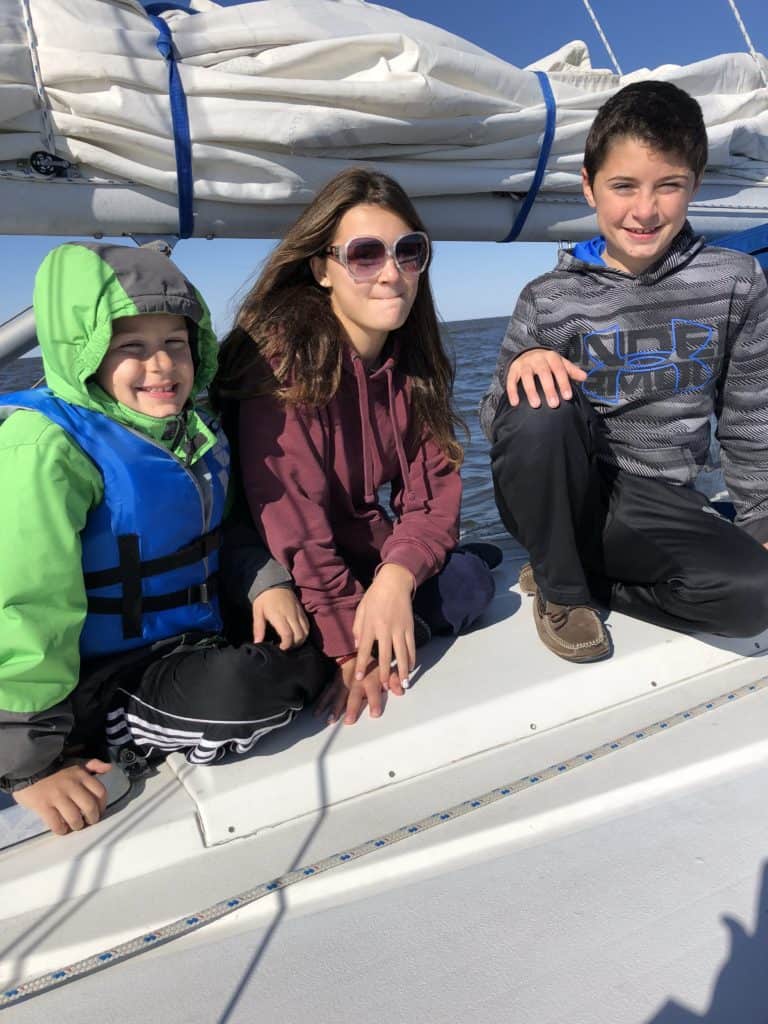
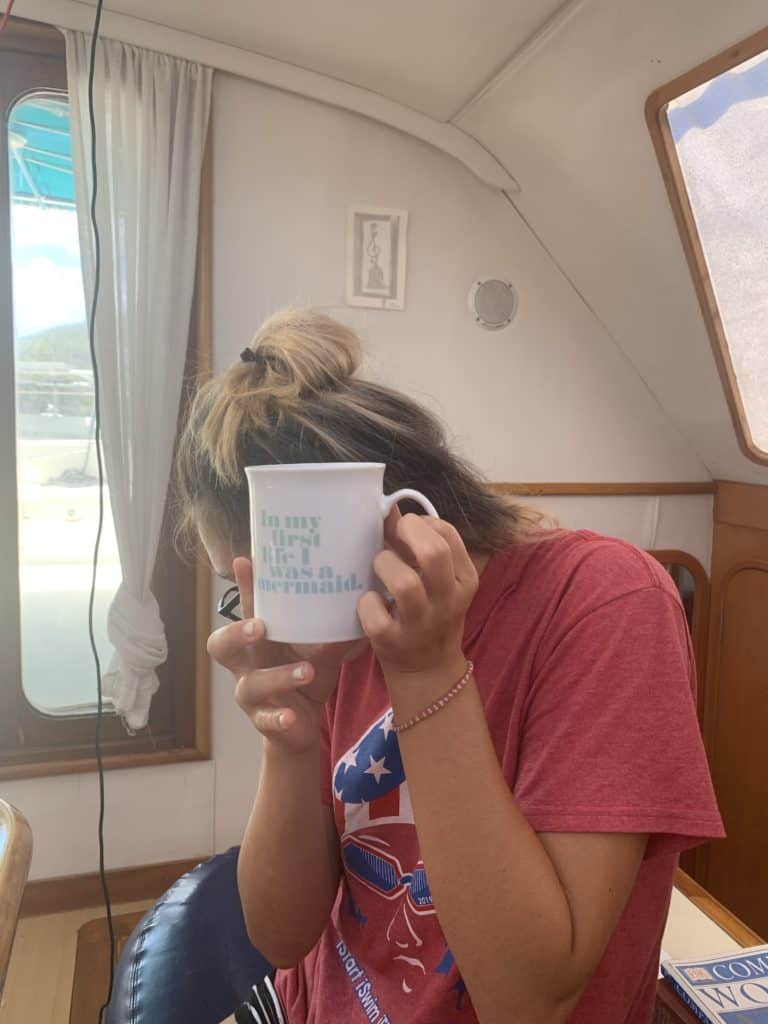
2 Comments